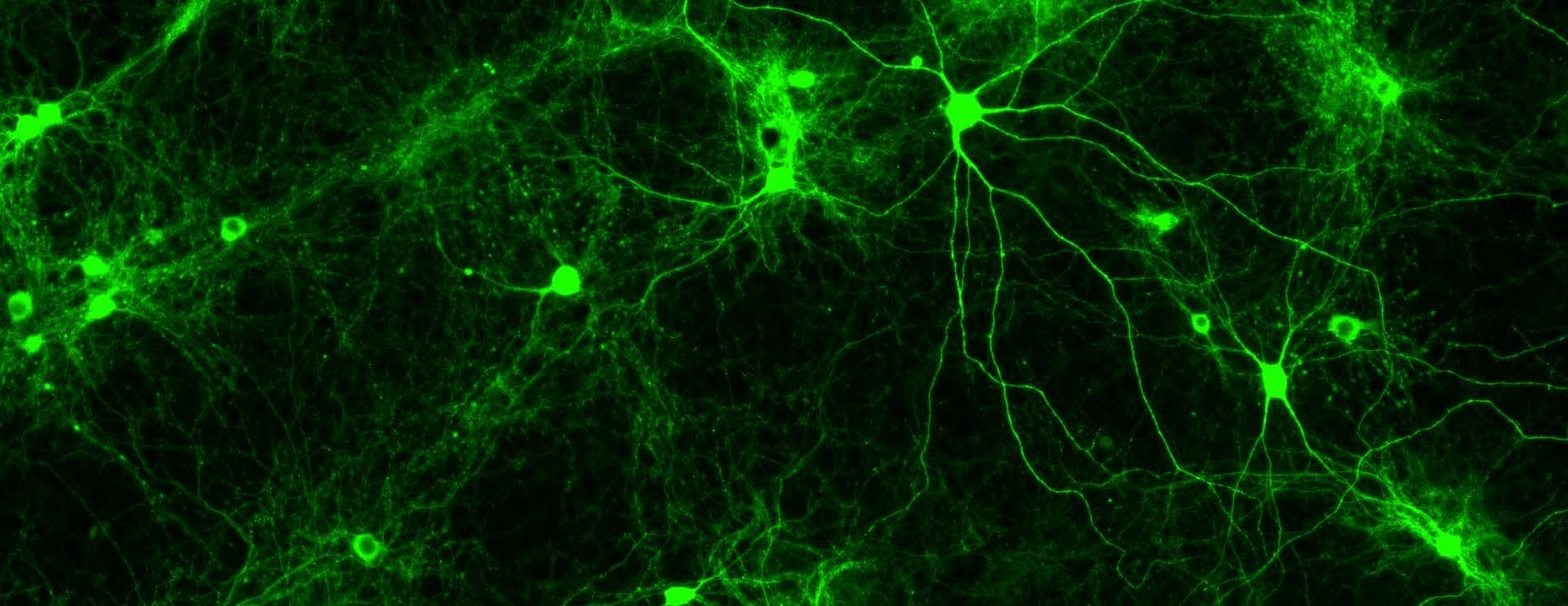Guy Doron, Ph.D.
Project description:
Our memories make us who we are, however, it remains unknown how the brain is able to create and store long lasting memories. Through multiple lines of evidence it is clear that the hippocampus and related structures (such as the entorhinal cortex) play a vital role in transforming short-term memory into memories stored elsewhere in the cortex. These structures serve as a major gateway between the hippocampus and the neocortex and are thought to be involved in the consolidation of sensory information in higher-order associational cortices. Surprisingly, there is almost no information from experiments in living animals about the information carried via axon fibers from the entorhinal cortex to the neocortex, which is vital for describing the process of memory consolidation in this pathway.
Methods:
I train rats for sensory detection tasks and use state-of-the-art optical imaging and juxtacellular recording methods to record and identify neuronal firing patterns in conscious, behaving animals. I am specifically interested in dendritic activity in the sensory cortex and how this is related to learning and memory. Testing this hypothesis in behaving animals involves recording the firing patterns of neurons projecting to the cortex.
Publications:
Doron G., von Heimendahl M., Schlattmann P., Houweling AR., Brecht M. (2014) “Spiking irregularity and frequency modulate the behavioral report of single-neuron stimulation”, Neuron ;81(3):653-63;
Doron G. and Rosenblum K. (2010) “c-Fos expression is elevated in GABAergic interneurons of the gustatory cortex following novel taste learning”, Neurobiol Learn Mem. 2010 Jul; 94(1):21-9. Epub 2010 Mar 20.
Houweling AR*, Doron G*, Voigt BC, Herfst LJ, Brecht M (2010) “Nanostimulation: manipulation of single neuron activity by juxtacellular current injection”, J Neurophysiol 103: 1696–1704.
*equal contribution
Kaphzan H., Doron G. and Rosenblum K. (2007) "Co-application of NMDA and Dopamine Induce Rapid Translation of RSK2 in the Mature Hippocampus", J Neurochem. ; 103(1):388-99
